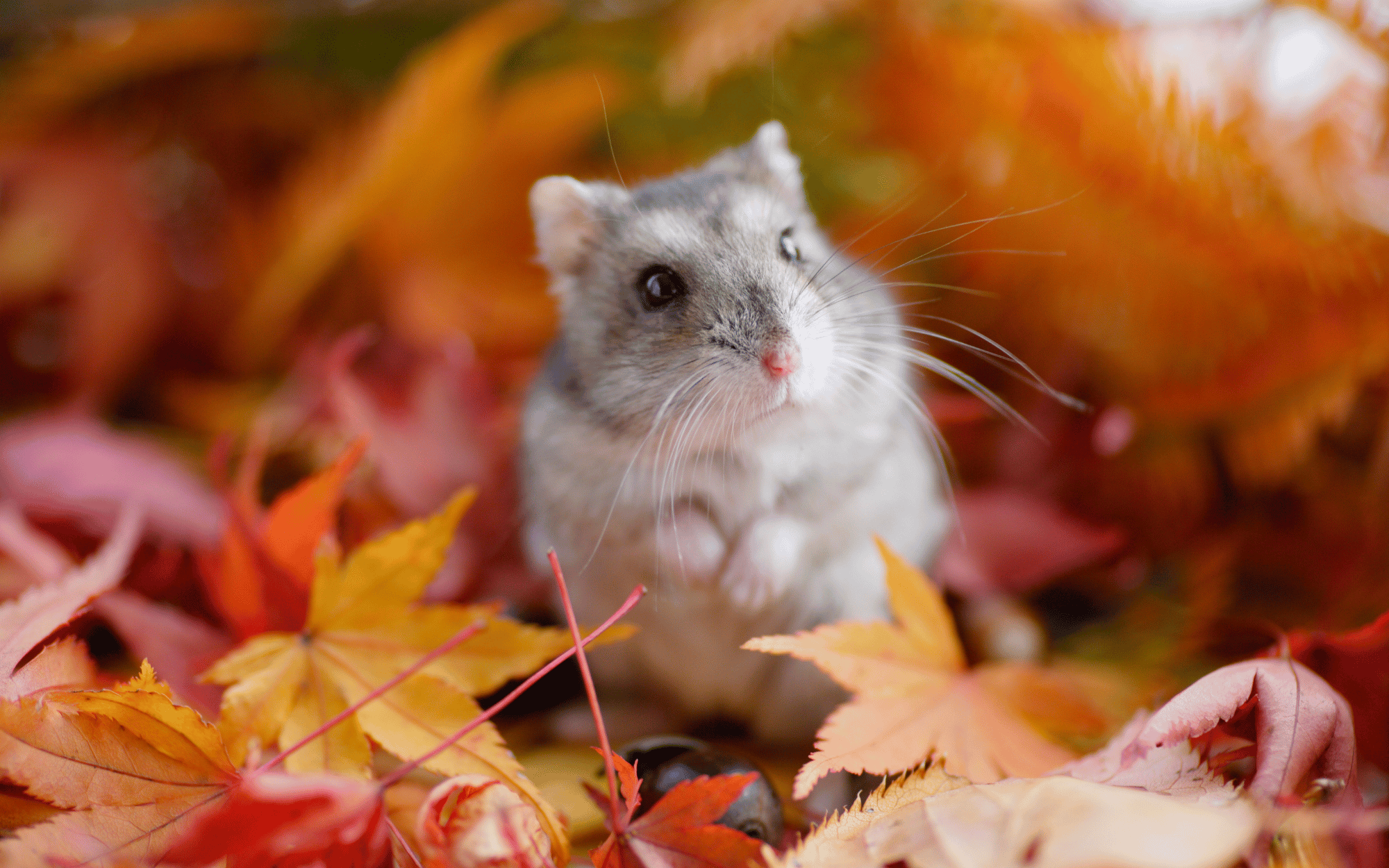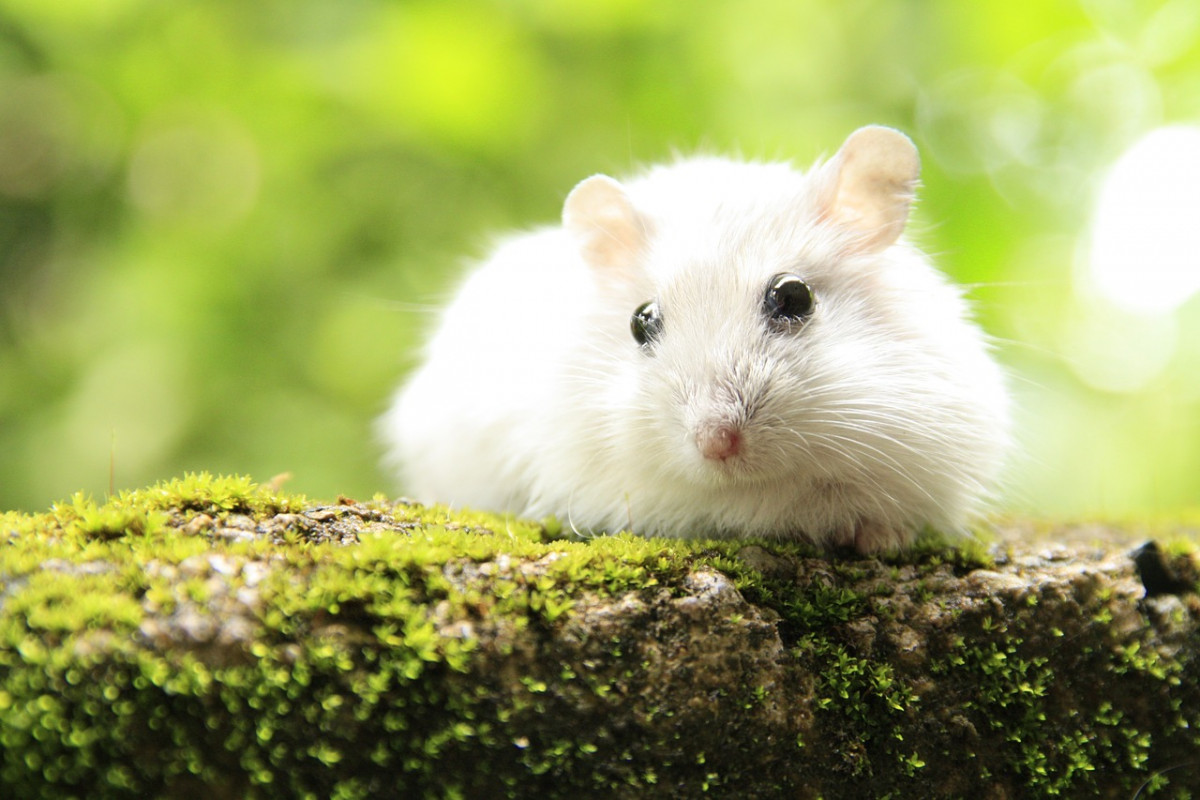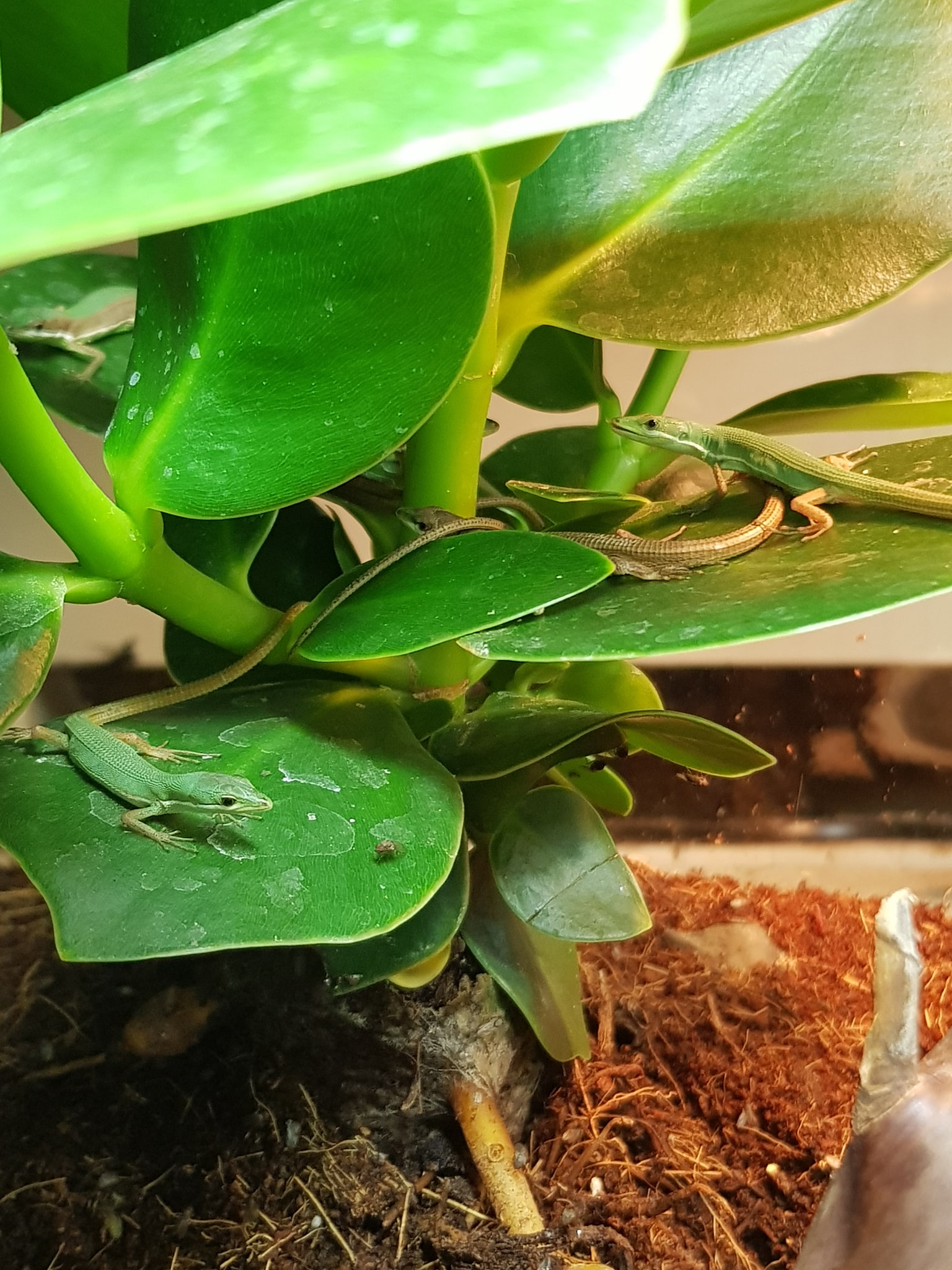From beginner to Hamsterscaping pro: 5 Tips for the Perfect Hamsterscape!
Russian dwarf hamsters are adorable, nocturnal rodents native to the vast grasslands and steppes of Siberia, Kazakhstan and Mongolia. To keep these animals healthy and happy as pets, it is essential to imitate their natural habitat as closely as possible.
This is what we call the process of furnishing a hamster enclosure with elements that resemble the conditions in their natural habitat “hamster scaping”. In this blog we give you 5 tips to create an ideal living environment for Russian dwarf hamsters.
The Natural Living Environment
The natural habitat of Russian dwarf hamsters is characterized by a predominantly dry environment with limited water sources.
In the wild, Russian dwarf hamsters find their food in the vast open grasslands with limited vegetation. These landscapes provide an abundance of seeds, grasses and insects, which are essential for a balanced diet.
Siberia is known for its extreme temperature fluctuations, with very cold winters and short, hot summers.
To survive in the extreme temperatures and to protect themselves from predators, Russian dwarf hamsters live in an underground castle.
This castle has several tunnels and chambers and serve not only as shelters, but also as storehouses for food and as nesting places for raising their young.
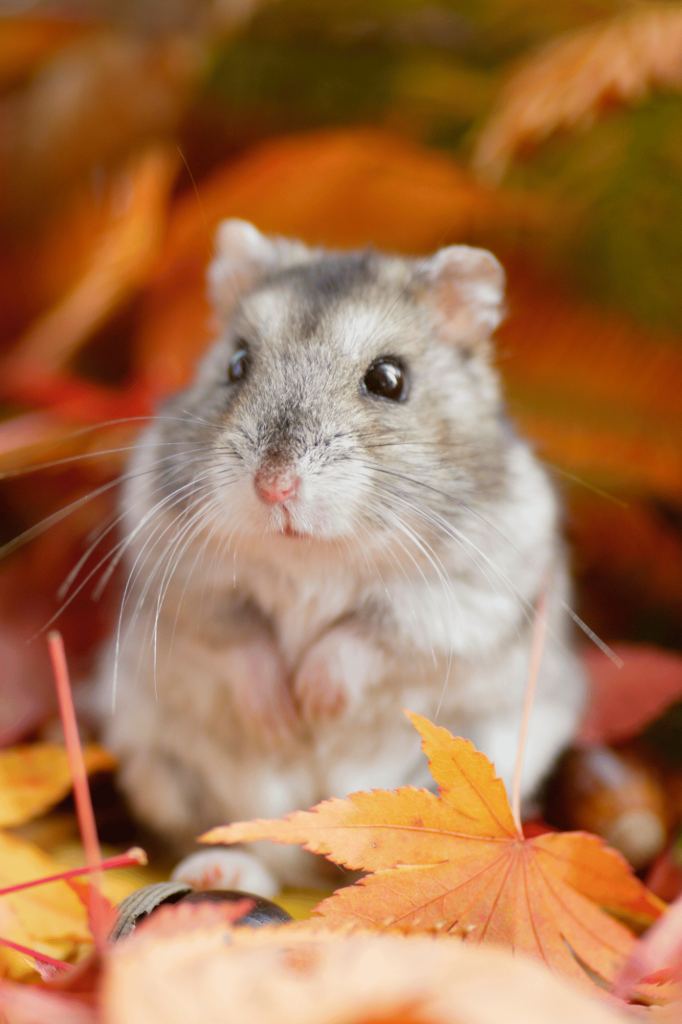
Russian dwarf hamsters thrive in the dry open grasslands of Siberia, where they find essential foods such as seeds, grasses and insects. In this extreme environment they survive by digging complex underground castles, which serve as shelters, nests for young and storage areas for food, providing protection from the cold winters and predators.
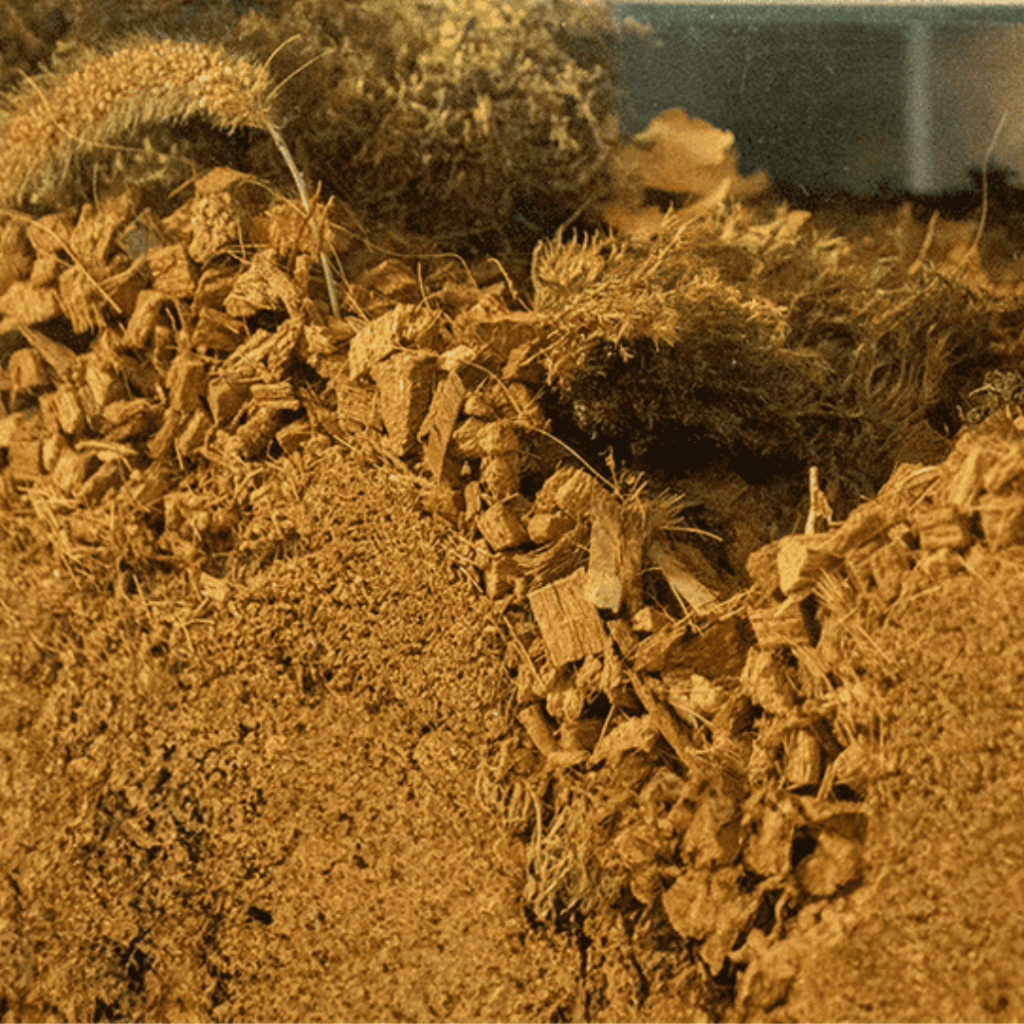
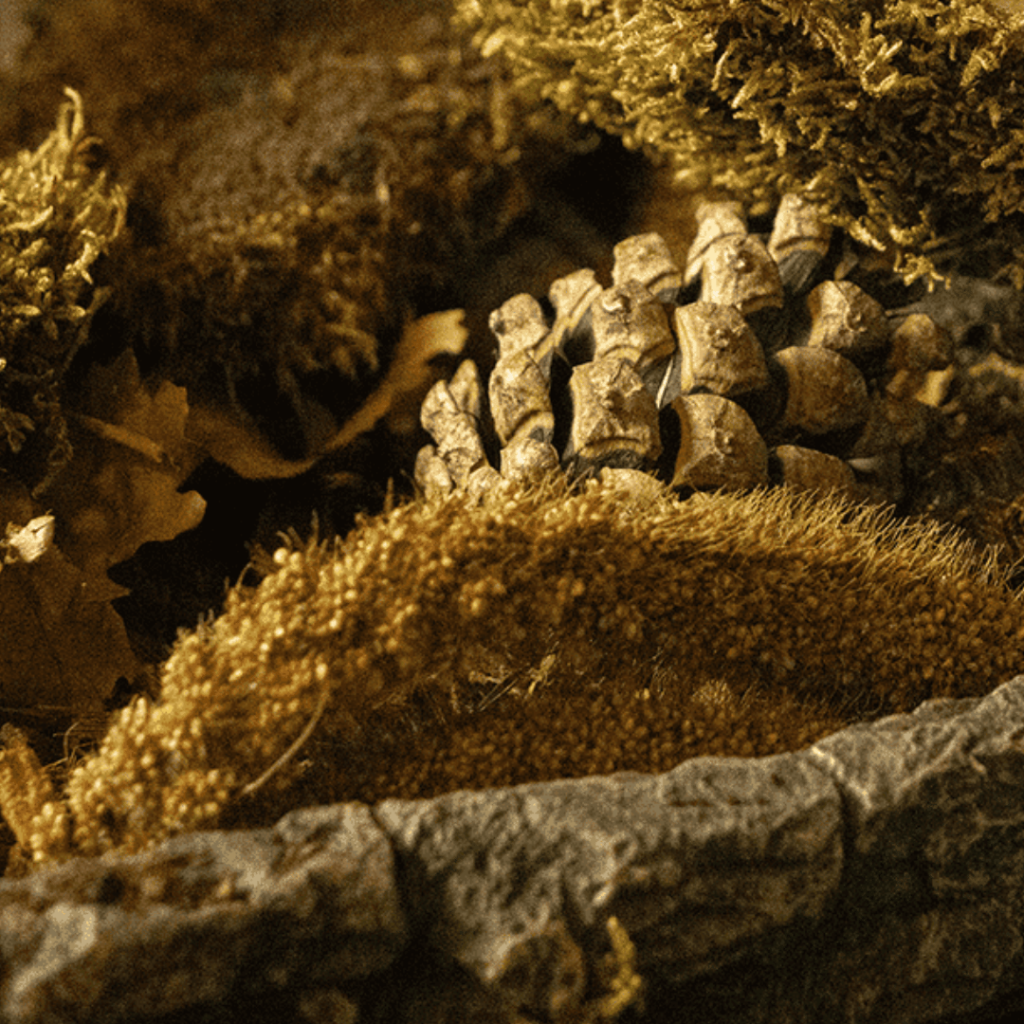

Our 5 tips to create the perfect Hamsterscape!
1. Choose the right accommodation
Start by selecting one suitable accommodation for your hamster. Make sure it is spacious enough for your hamster to move and explore. Hamsters are known for their digging and tunneling behavior, so an enclosure with depth is a must.
Aquariums, terrariums of special hamster cages with deep trays are a suitable choice. We recommend a minimum size of 80x40 for one russian dwarf hamster. Bigger is always better!
Choose a spacious enclosure with at least 80x40 for your Russian dwarf hamster and provide a deep ground cover of at least 20 cm, such as Back Zoo Nature Humus. Encourage digging behavior by adding textures such as sand, moss and leaves, which will make the environment more interesting and keep your hamster mentally stimulated.
Provide a diggable bottom
To ensure that they can dig properly, it is important to use a thick layer of ground cover. Preferably at least 20 cm. You naturally want a bedding in which the corridors that the hamster makes remain intact.
A good example of such a bedding is Back Zoo Nature Humus. When you keep it slightly moist and possibly mix it with a somewhat coarser bed, such as the Back Zoo Nature Discovery bed, the hamster can make beautiful holes. Desert bedding terrarium sand is also a good, natural ground cover that is great for digging!
If you find moist ground cover a bit exciting, you can also opt for cotton, hennep, Uber paper bedding, cotton&fibre or a combination of these dry ground covers.
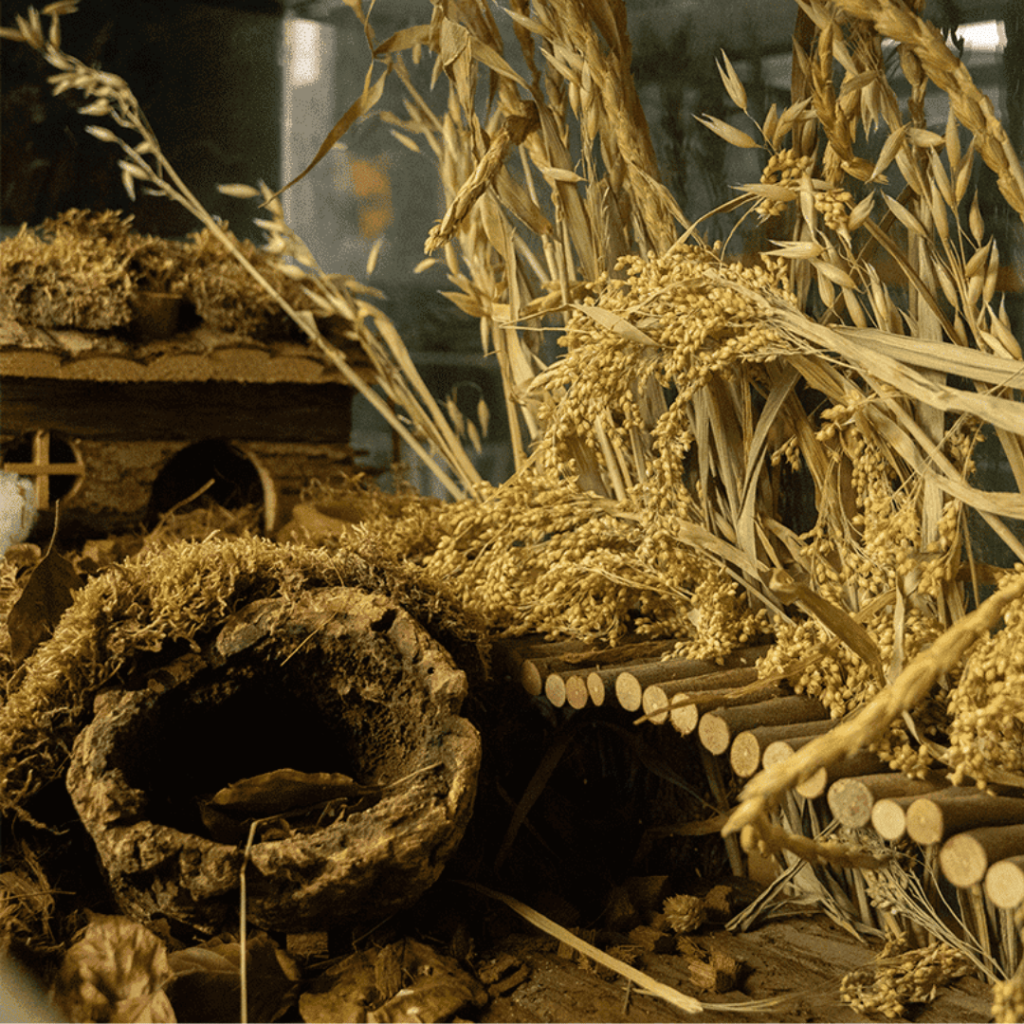
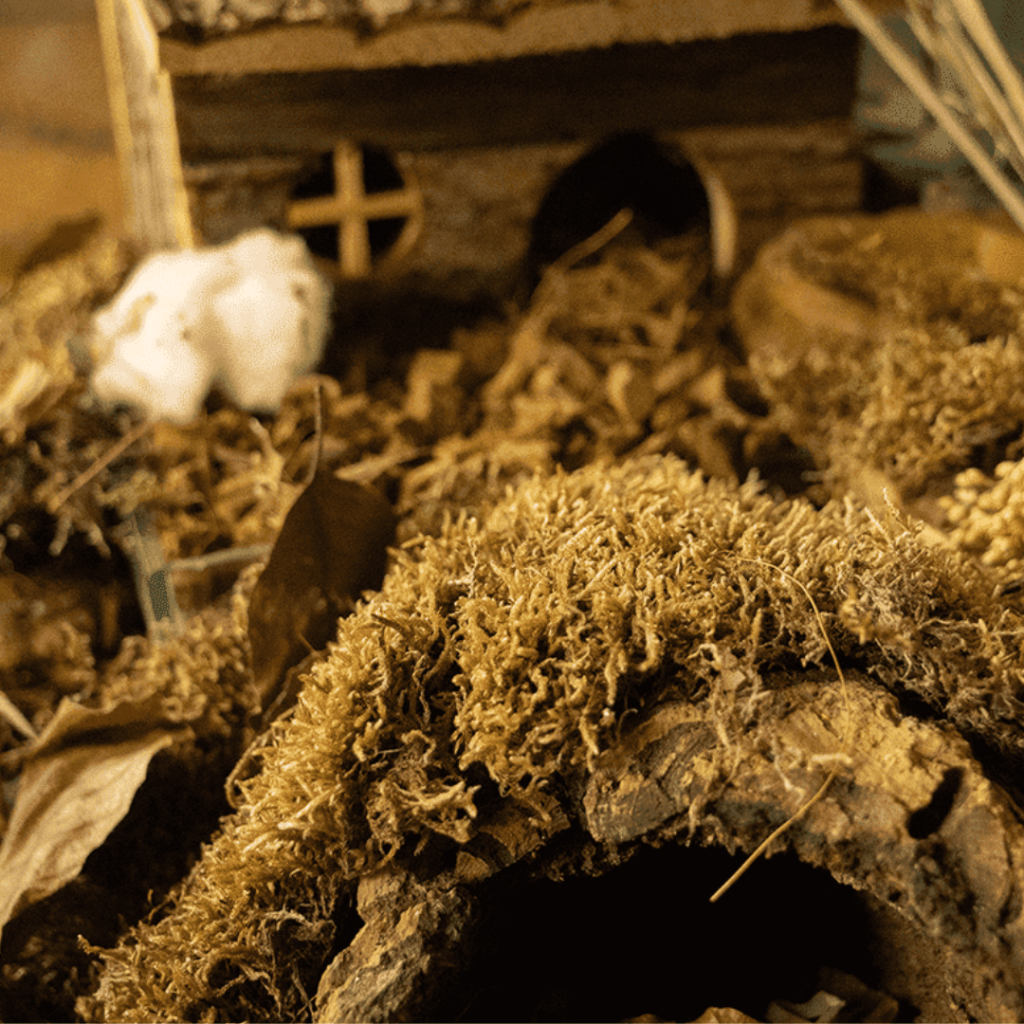
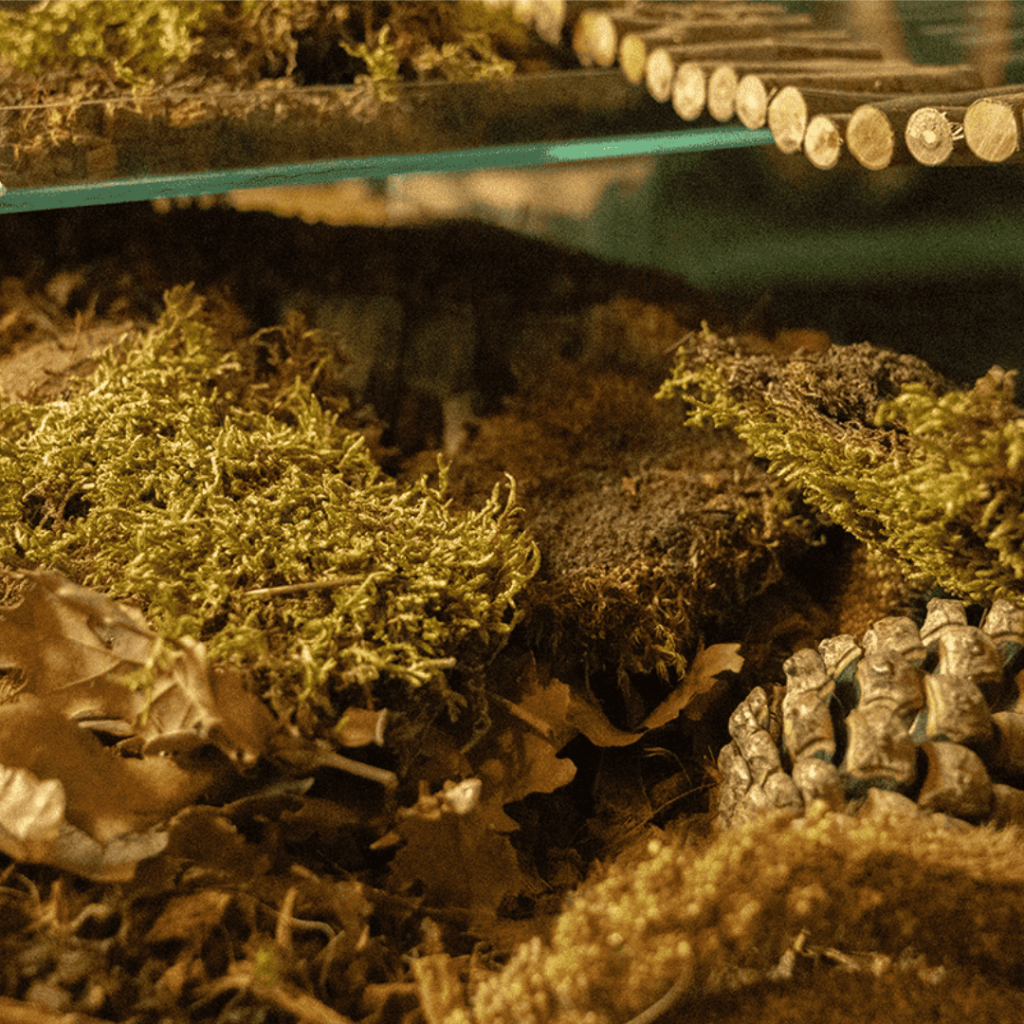
Keep your hamster curious with different textures
Add different textures to the enclosure, such as sand, We, petals, twigs en leaves. This enhances your hamster's sensory experience and makes the environment even more interesting and keeps them mentally stimulated
Create a natural look
Add real plant, stones, branches and untreated wood to the enclosure to create a natural look and provide hiding places for your hamster.
Real plants can be a wonderful addition to the hamster enclosure. Not only do they contribute to a natural appearance, but they also purify the air and can promote a feeling of well-being. Choose plants that are not poisonous to hamsters, such as gras, callissia or herb plants.
Stones, branches and other untreated wood give a rougher texture to your enclosure and can be used to create various nibbling opportunities, hiding places and hiding places - make sure the materials have not been treated with pesticides.
Give your hamster a natural environment by adding real plants, rocks, branches and untreated wood. Choose non-toxic plants such as grass and herbs. Provide a challenge with enrichment materials such as an exercise wheel, multi-room house and tunnels, and keep your hamster active and mentally stimulated.
Keep challenging your hamster
Provide a variety of enrichment materials, such as a treadmill, multi-room house and tunnels, but also cotton balls, various dried millet and scattering seed mixture provide a challenging environment. This keeps your hamster active and gives him no chance to get bored and show unwanted behavior.
With these five tips you can have a great one hamsterscape create a place in which your hamster feels safe and happy. Have fun creating the perfect living environment for your little furry nibbler!

Conclusion
By choosing the right enclosure, with deep bedding and various textures, you stimulate natural behavior and enrich your hamster's sensory experience. Adding real plants and untreated wood contributes to a natural look and provides hiding places.
Continue to challenge your hamster with enrichment materials such as an exercise wheel and tunnels to prevent boredom. These practical tips not only promote your hamster's physical health, but also contribute to his mental well-being.
Decorating the perfect hamsterscape is not only creative, but ensures that your little rodent can live a happy life. Have fun creating the ideal living environment!


